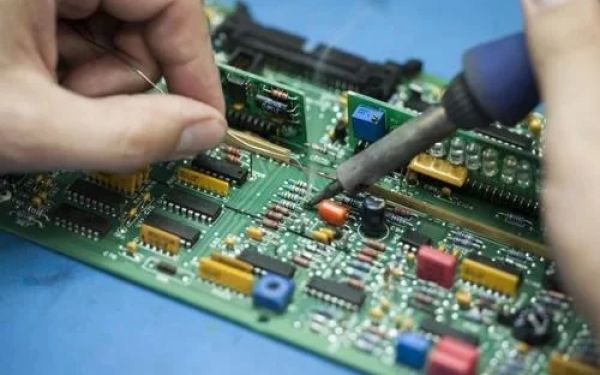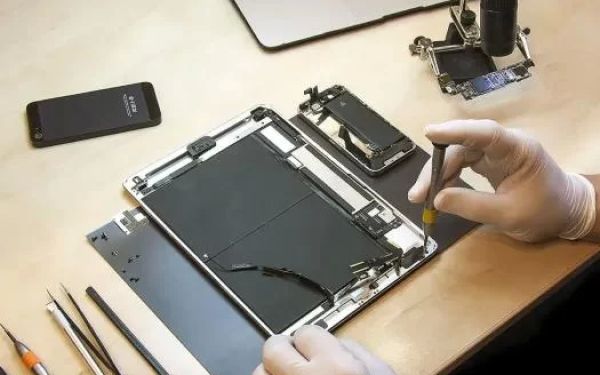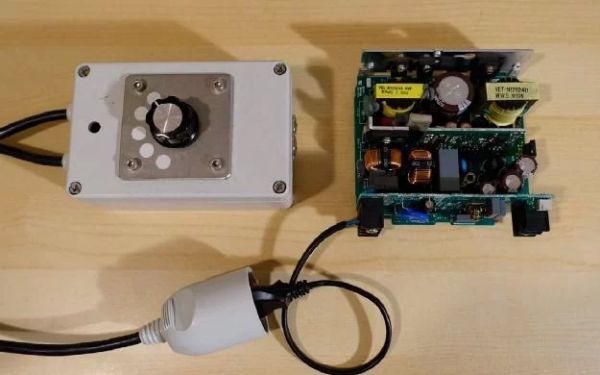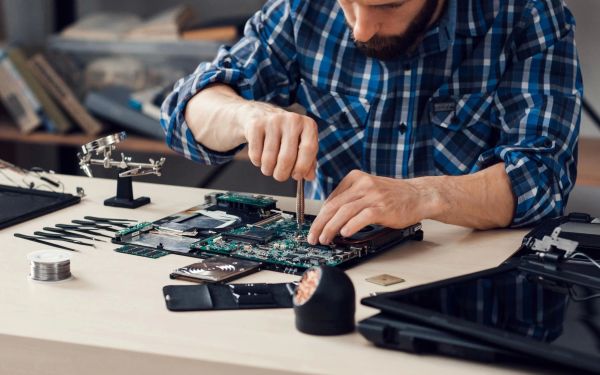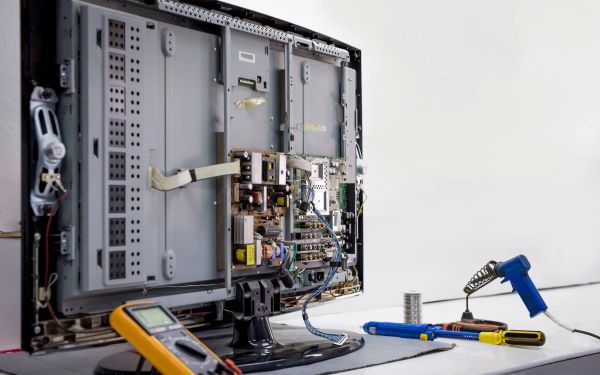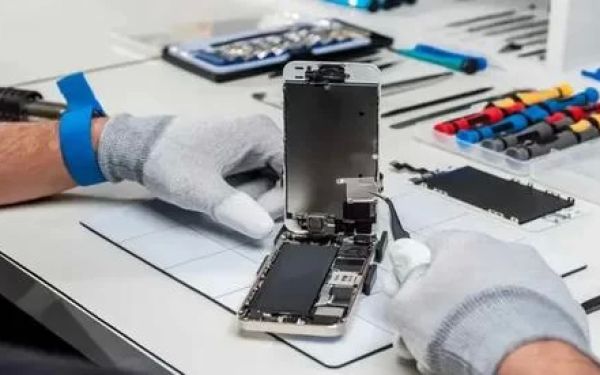Dell Latitude USB Boot Steps Guide
- 1. Why Use USB Boot on Dell Latitude
- 2. Preparing for USB Boot on Dell Latitude
- 3. Step-by-Step USB Boot Steps on Dell Latitude
- 4. Common Issues When Booting from USB
- 5. Where to Get Help for USB Boot Issues
1. Why Use USB Boot on Dell Latitude
USB booting is a common practice for troubleshooting or installing operating systems on computers. For Dell Latitude users, booting from a USB drive offers flexibility, especially when performing system repairs, OS installations, or testing out new operating systems. Instead of relying on the pre-installed OS or recovery partitions, booting from USB can provide a fresh start, especially when the internal storage is corrupted or if you want to run a diagnostic tool without altering your system's current setup.
Additionally, USB booting is essential for users who need to install Linux distributions, Windows versions, or even run a live operating system to diagnose hardware issues. By mastering USB booting, you’re equipping yourself with a powerful tool to perform various tasks on your Dell Latitude laptop.
2. Preparing for USB Boot on Dell Latitude
Before you can boot from a USB drive on your Dell Latitude, you need to ensure a few things are in place. First, you’ll need a bootable USB drive, which can be created using tools like the Windows Media Creation Tool for Windows or other utilities for Linux-based systems. The USB drive must be formatted correctly and contain the appropriate files to boot into your desired operating system or utility.
Next, ensure that your Dell Latitude is set up to allow USB booting. To do this, you’ll need to access the BIOS or UEFI settings during startup. Most Dell laptops require pressing the F2 key immediately after turning on the device to enter the BIOS setup.
3. Step-by-Step USB Boot Steps on Dell Latitude
Follow these steps to boot from a USB on your Dell Latitude:
- Prepare the USB drive: Make sure your USB drive is bootable. You can use tools like the Windows Media Creation Tool for Windows or other third-party tools to create a bootable USB drive.
- Enter the BIOS: Power on your Dell Latitude and press the F2 key to enter the BIOS/UEFI setup.
- Change Boot Order: In the BIOS settings, navigate to the Boot tab and change the boot order to prioritize USB booting. You may need to move your USB device to the top of the boot list.
- Save and Exit: After making the changes, save the settings and exit the BIOS. This will reboot your system.
- Boot from USB: Once your system restarts, it should boot directly from the USB drive. If it doesn’t, you may need to select the USB device manually from the boot menu by pressing the F12 key during startup.
By following these steps, you should be able to boot your Dell Latitude from a USB drive and proceed with your desired task, whether it’s installing a new OS or running a system diagnostic.
4. Common Issues When Booting from USB
While booting from USB is generally straightforward, you may encounter some issues. Here are a few common ones and how to address them:
- USB Not Recognized: If your Dell Latitude doesn’t recognize the USB drive, check the boot order again in the BIOS settings. Ensure that the USB drive is properly formatted and contains bootable files.
- UEFI vs. Legacy Boot Mode: Newer Dell models use UEFI, and older ones use Legacy boot mode. If you're having trouble booting, make sure the USB drive is compatible with the boot mode selected in the BIOS.
- Corrupted USB Drive: Sometimes, the USB drive may be corrupted. Try creating a new bootable USB or using another USB drive to see if the issue persists.
Addressing these issues will ensure that you have a smooth USB booting experience on your Dell Latitude.
5. Where to Get Help for USB Boot Issues
If you encounter problems that you can’t solve, several resources can help. The official Dell support website is a great place to start, as it offers troubleshooting guides and customer support options. Additionally, online communities and forums dedicated to Dell laptops may have specific solutions for USB boot-related issues.
If you’re still having trouble, you can reach out to a professional or visit a certified Dell repair service for further assistance. You can also find helpful tools like the Ninja Stik to diagnose issues and ensure your USB booting process goes smoothly.

